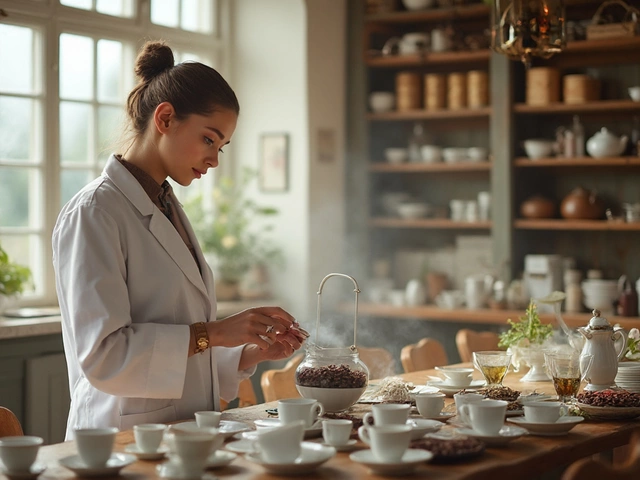Wine Rules Every Drinker Should Know
If you’ve ever felt unsure about how to handle a bottle, you’re not alone. The world of wine can seem full of fancy jargon, but the real rules are simple and practical. Below are the basics that will make you look confident at any wine gathering.
1. The Small Splash Rule
Ever wondered why a waiter pours a tiny amount of wine first? It’s not a show—it's a test. The splash lets the server check for faults like cork taint or oxidation before filling your glass. If something’s off, they can replace the bottle without ruining your evening. So, when you see that tiny pour, take a quick sip, give it a sniff, and let the staff know if it’s all good.
2. Palate Prep Before Tasting
Your palate needs a clean slate before you start tasting. Light, neutral drinks like water or a plain cracker work best. Some experts even suggest a tiny sip of green tea or a slice of apple to reset your taste buds. Avoid heavy, spicy foods right before a tasting—they’ll mask the subtle notes you’re trying to spot.
Now that you’ve cleared the basics, let’s talk about serving temperatures. White wines stay chilly, around 45‑50°F, while reds are best at 60‑65°F. Too cold and you’ll miss flavors; too warm and the alcohol overwhelms. A quick tip: pop a bottle of red in the fridge for 20 minutes before serving to hit the sweet spot.
When it comes to glasses, size matters. Bigger bowls let reds breathe, releasing aromatics, while slimmer glasses keep whites focused. If you’re at a casual get‑together, a standard wine glass works fine—just avoid plastic cups, which can trap odors.
Another rule many overlook: don’t swirl too aggressively. A gentle swirl releases aromas without splashing wine all over the table. Hold the glass by the stem, give it a slow twirl, then bring it to your nose. You’ll pick up fruit, spice, or earth notes that tell you a lot about the wine’s character.
Food pairing isn’t a strict science, but some combos are timeless. Acidic wines like Sauvignon Blanc cut through creamy dishes, while tannic reds such as Cabernet pair beautifully with fatty meats. If you’re unsure, a simple cheese board—think cheddar, brie, and a few nuts—offers a safe match for most bottles.
Finally, trust your own taste. The “rules” are guides, not commandments. If you love a wine with a certain dish, go for it. The best wine experiences happen when you enjoy what’s in your glass, not when you follow a checklist.
Keep these wine rules in mind the next time you uncork a bottle, and you’ll feel more relaxed, knowledgeable, and ready to enjoy every sip.
Discover the essential rules to enhance your wine tasting experience, from selecting the right glass to understanding the ideal temperature for serving different wines. Explore how to aerate your wine for maximum flavor and the importance of pairing food and wine correctly. These tips are not only for experts but also for anyone who wants to enjoy wine like a true connoisseur. Embrace the elegant dance between flavors and aromas with these wine tasting fundamentals.
View Details

